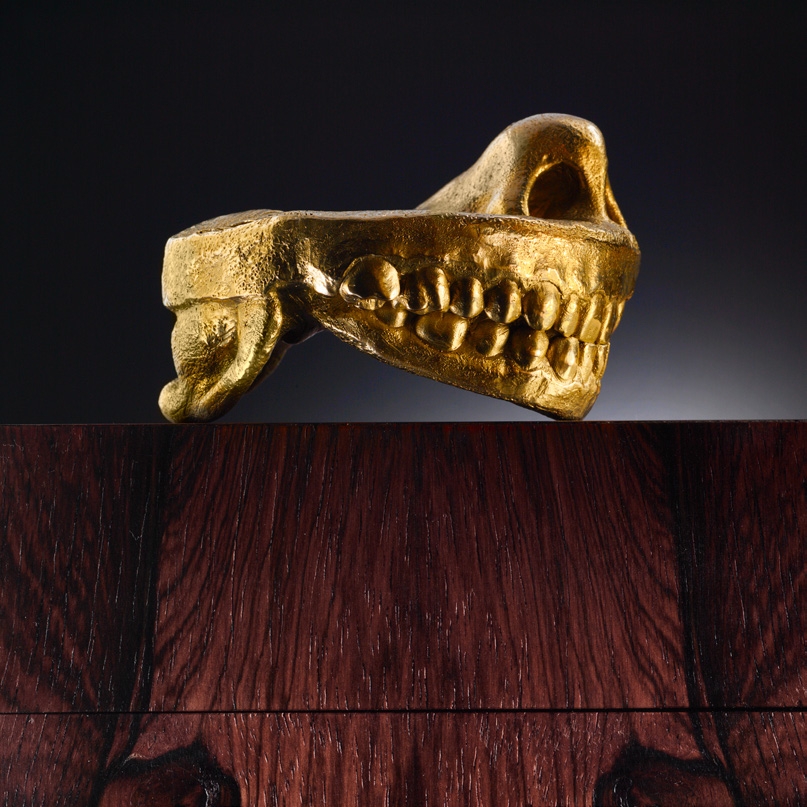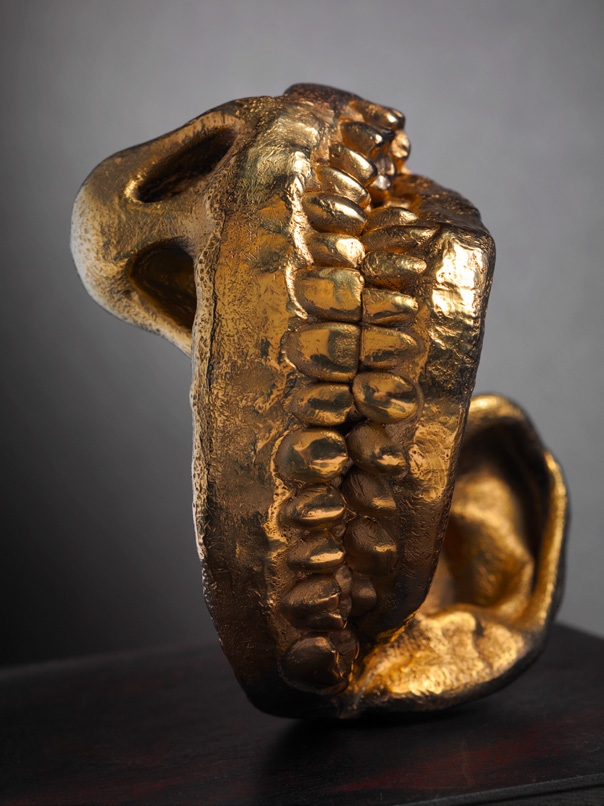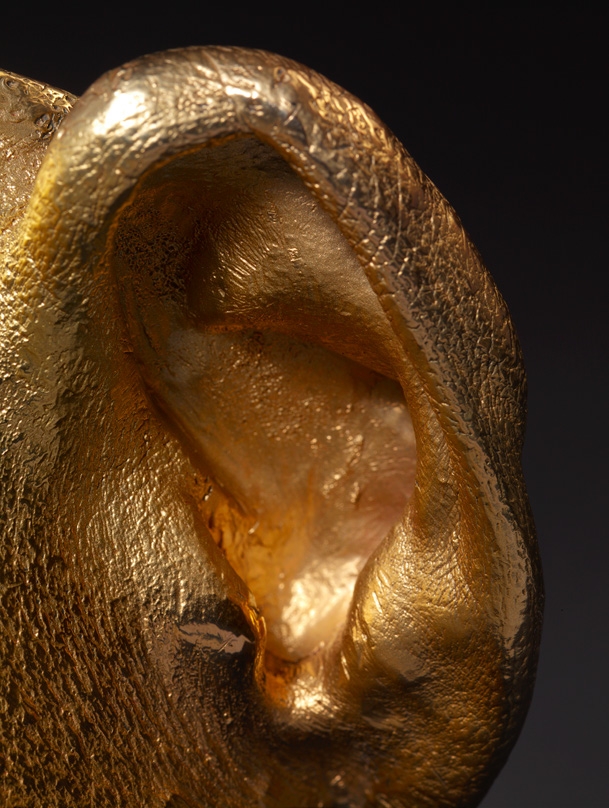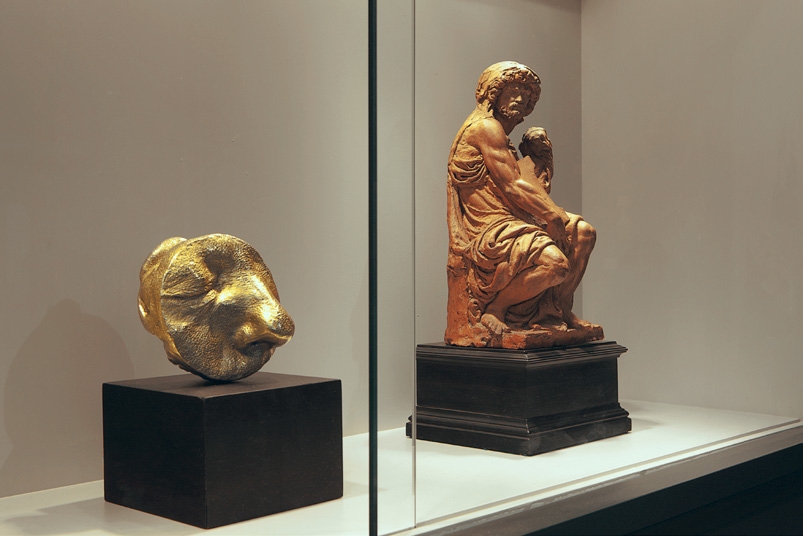Vera icon, where image
According to tradition, when Christ carried the cross to Golgotha, he was presented with a sweat cloth (sudarium)
by Saint Veronica. With this sweat cloth, he wiped the sweat from his head. Miraculously,
thereafter, an imprint of his face remained on the fabric. This “true image” or “vera-icon” formed a magical portrait,
a portrait not created by a human hand.
Albrecht Dürer’s Vera Icon
The artist Albrecht Dürer used this fact in Nuremberg in 1500 for his self-portrait Vera Icon, on which he
depicted himself frontally. His Vera Icon showed not the face of Christ, but his own face, “alter Christus”
(another Christ). Next to his face he painted the Latin text “propriis coloribus,” with “eternal colors,” in this
case the colors of the painter himself. Albrecht Dürer’s self-portrait was an act of great artistic pride by
a confident artist.
Self-Portrait by Albrecht Dürer
My work Vera Icon / Self-Portrait 10, is both a reference to Saint Veronica’s veil and Albrecht Dürer’s self-portrait. Vera Icon / Self-Portrait 10 is a fragmented print my face, cast in the form of
a round medal. The medal resembles a 3D image en profil on a coin, with a nose and closed eye on the front, teeth on the rim and an ear on the back.
Authenticity, Meaning and Material Value
Through the title, the form I chose and the use of gold, I question the authenticity of the image, the
meaning of the print and the material value of a coin. This makes Vera Icon / Self-Portrait 10 the work of a
self-conscious artist, which will effortlessly transcend the intrinsic value of the metal.





